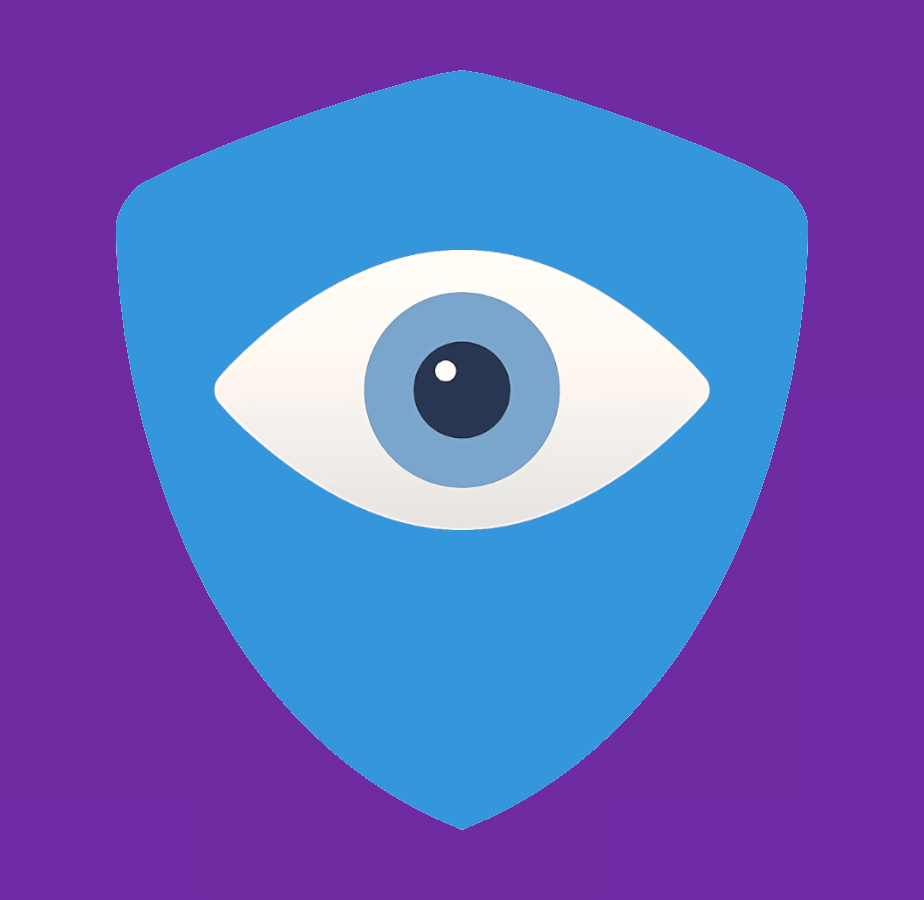Google has been trying to make Android proprietary for a few years now, and that’s not news, as many AOSP default apps have been abandoned over time in favor of proprietary Google ones. This was never a huge problem for me, as you can still use those apps without network access or use open source alternatives like Fossify on a custom ROM.
However, the situation is quickly getting worse, now that Google is actively trying to prevent the development of custom ROMs and taking a page from Apple’s book by forcing developers to beg them for permission to release apps on the Android platform, even outside of the Play Store - giving Google full control.
Is there still any hope left for privacy respecting Android ROMs? What do you think will happen next? And what would be your suggestions for those looking for a phone in 2025?
If you have a different perspective on the situation, also please comment below!


OK, but Google essentially still has that power, despite the OS being “open-source”.
That has nothing to do with Google, that has to do with the US government.
How does it have nothing to do with Google, if Google did it, even if it was by order of the US government? Regardless, this still clearly demonstrates that AOSP being open-source has no bearing on an OEM being able to use the full Android system or even the name “Android”.
Contrast that with a fully open system like Linux, where this wouldn’t be possible. No OEM would get banned from using Linux, even if the US government ordered it.
Because Google has zero control over it. You’re REALLY reaching here…
We seem to be having a communication problem. I was originally addressing this specific statement:
Those OEMs could run Android and let Google collect all the data regardless of whether it were open-sourced or licensed, and the Huawei case demonstrated that “Android” is licensed. It’s only AOSP minus Google services that is open-sourced. I don’t understand what’s so controversial about what I’m saying.
We are not having a communication problem. We have a failure to understand. If you want to challenge the entire definition of open source, that’s not something that I’m going to entertain. You can take that up with OSI. Every other open source project is susceptible to the same legal shitfuckery.
These are not the same. And it’s preposterous to suggest such a thing. It’s like saying licensing movies from Amazon is the same as owning them. The implications are completely different.
Again, only as much as every other open source project is “licensed”, as in it’s susceptible to legal regulation.
It’s either failure to understand or you’re intentionally twisting my words. I’m not challenging the definition of open source and I’m not claiming open source and proprietary software is the same.
Let me restate and clarify what I’m saying:
I hope you understand my points now. If you still want to argue either of them, I think we’ve reached a dead end.
Yes you are. You are claiming that open source and “licensed” are the same thing, because the government can get involved and take away someone’s right to open source.
GPS and GMS are not components of AOSP. They are proprietary Google apps.
It doesn’t matter if it’s useless or not, because it’s not part of Android
Its obviously not useless because Huawei continued using using Android, minus GPS and GMS, as does Amazon.
That’s not at all what I’m saying. Please point out where I said that open source and licensed (i.e., proprietary licensed) software are the same thing? First, I’m not saying anything about AOSP, which I recognize is fully open source and which I use myself. I’m talking about full Android, the trademarked, licensed product, which includes AOSP (open source) plus GPS and GMS (proprietary) components. We’re talking about Android phones here, before you go “but but but”.
From the link above:
“The “Android” name, the Android logo, the “Google Play” brand, and other Google trademarks, are property of Google LLC and not part of the assets available through the Android Open Source Project.”
“Use of the “Google Play” name and the Google Play Store icon is allowed only in association with devices licensed to access Google Play. For a list of devices licensed to use Google Play, refer to Supported devices.”
Second, a combination of open source and proprietary components is not fully open source, do you agree with that at least?
It very much does matter in the case of Android because AOSP without the proprietary components is limited to a market niche. Show me one really popular phone or phone brand which does not use Google’s proprietary Play Store. Maybe there’s some edge case that doesn’t, I don’t know, but it would be the exception that proves the rule.
Both had to either develop their own app store or rely on a 3rd-party app store, I don’t know. But they’re definitely not using Google’s Play Store, and thus are limited to market niches like I mentioned above.